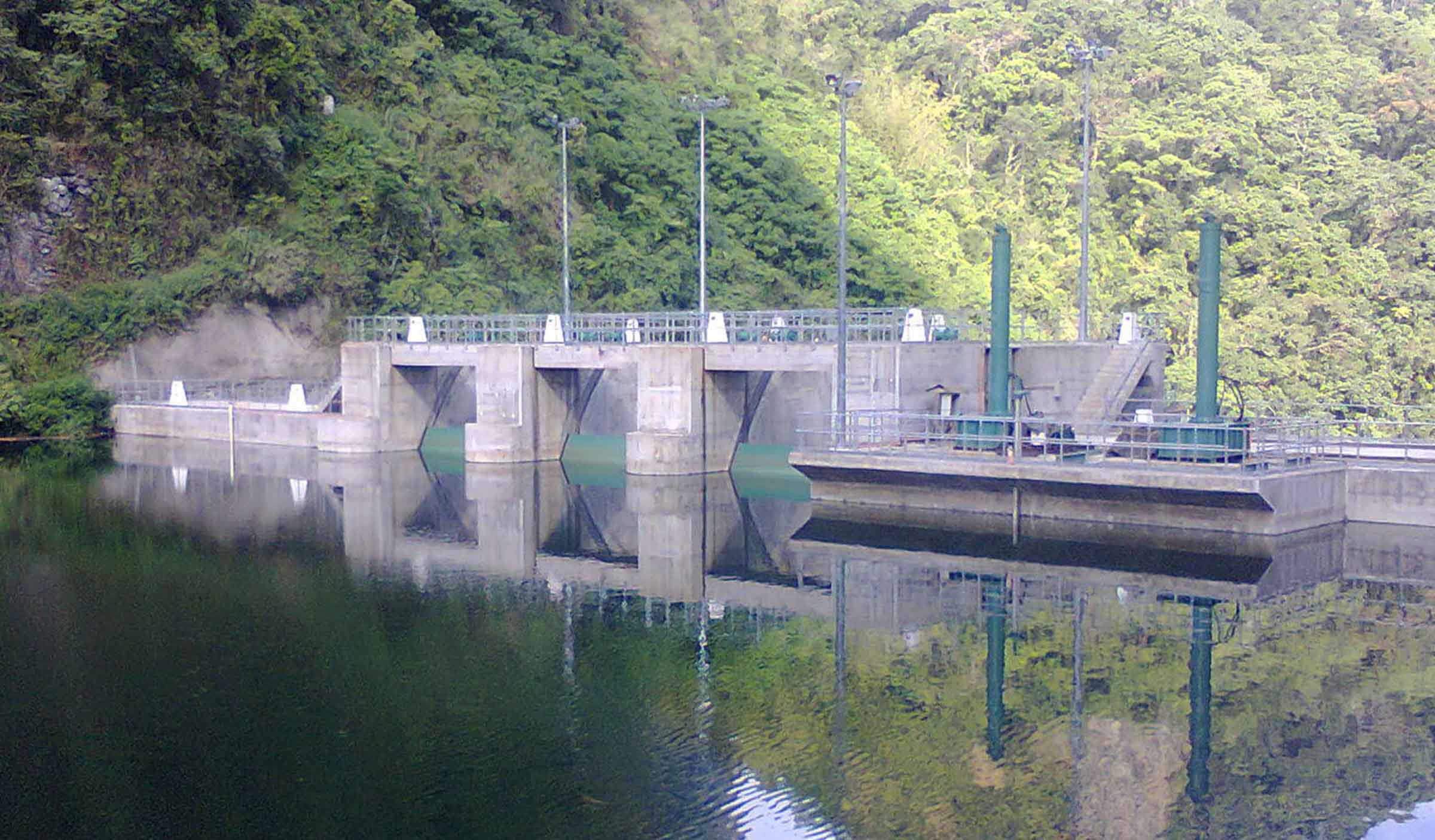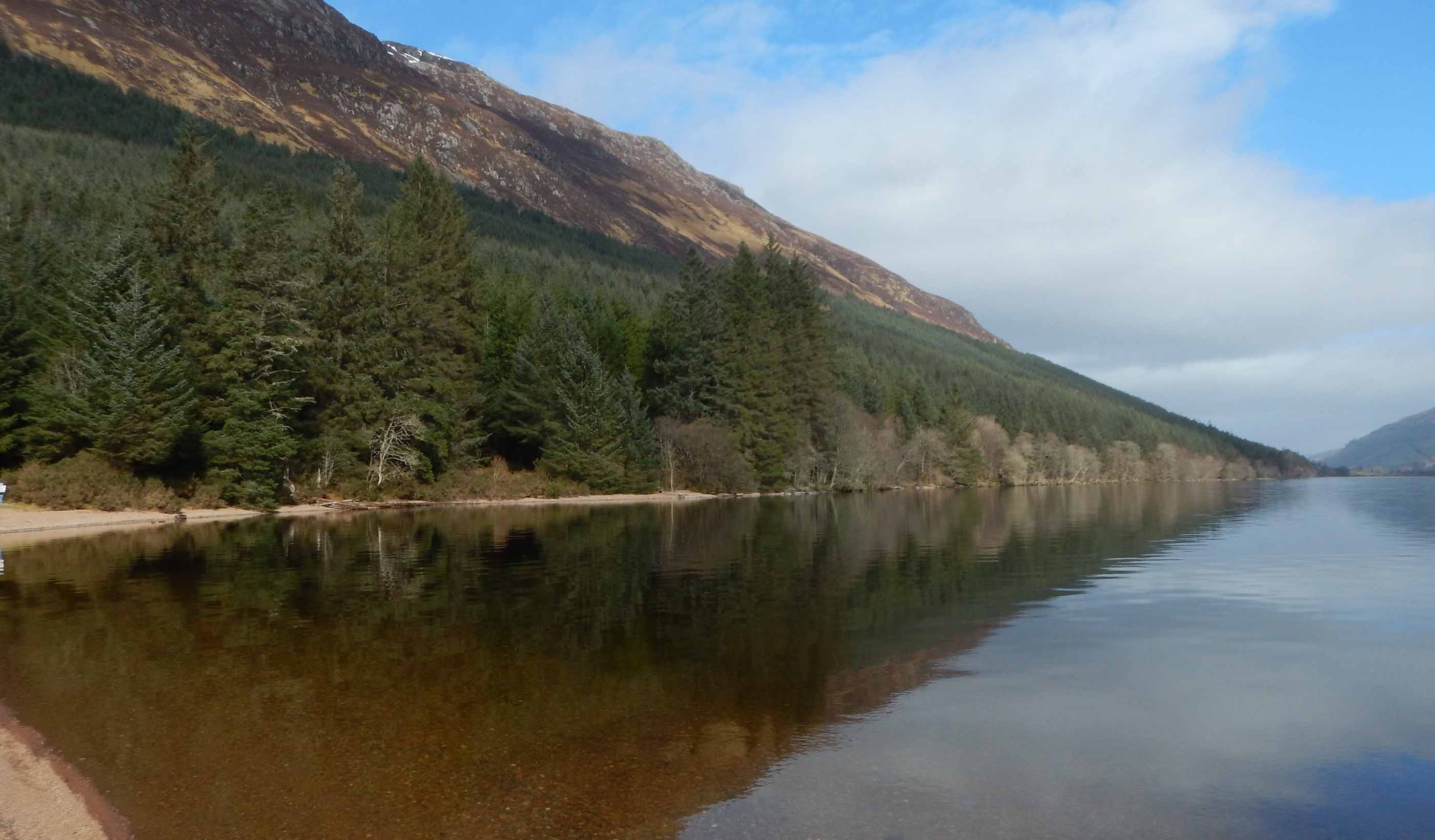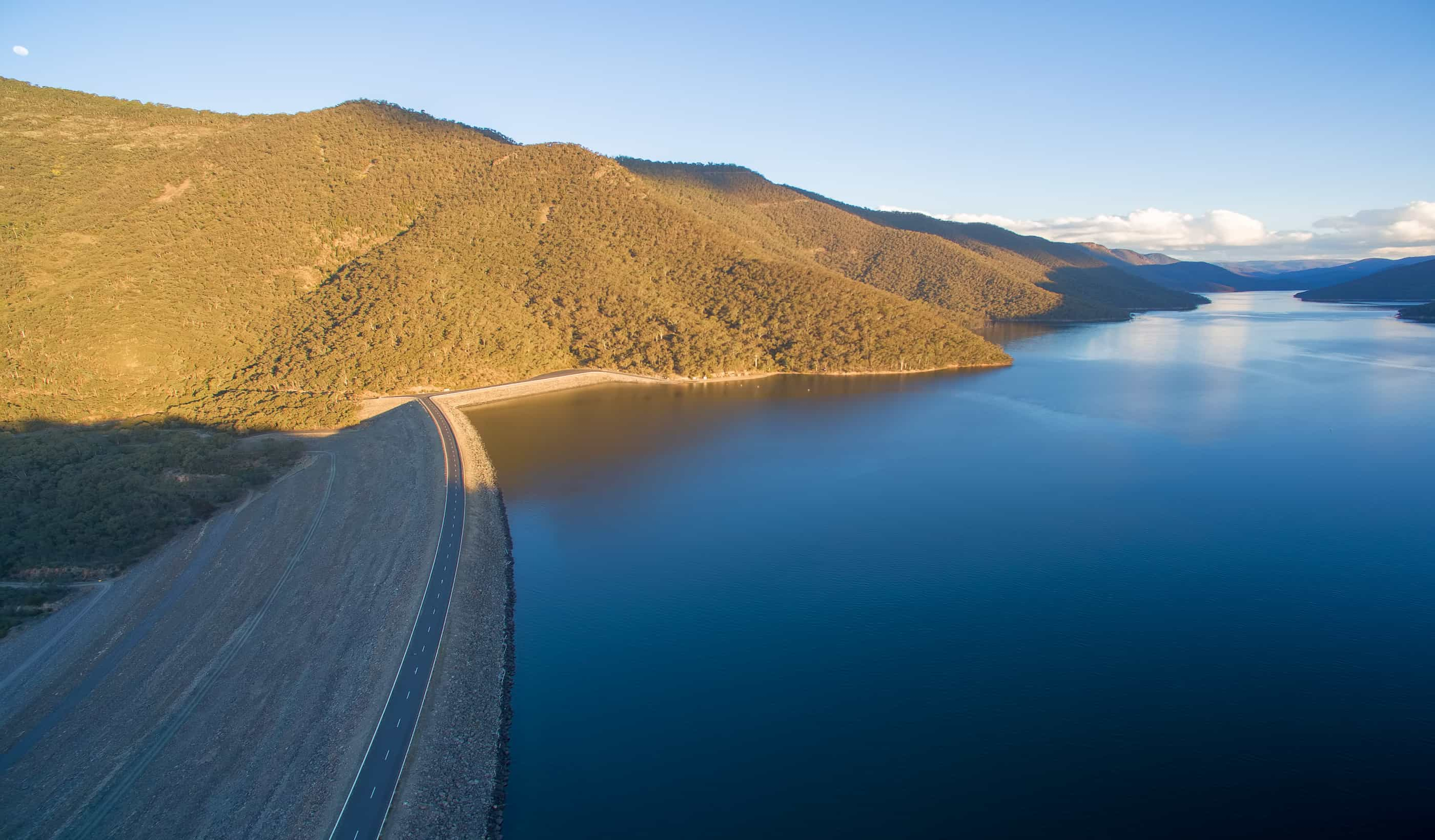At a Glance
-
1914
Year Commissioned
-
39
Megawatts
-
65m³
Discharge/Second
- Location
- Lake Coleridge, New Zealand
- Offices
-
-
Client
-
-
Manawa Energy
-
-
Partners
-
-
Riley Consultants
-
Peter Lilley
-
- Location
- Lake Coleridge, New Zealand
- Offices
- Client
-
- Manawa Energy
- Partners
-
- Riley Consultants
- Peter Lilley
Share
Lake Coleridge Power Station
The Lake Coleridge hydropower facility on the Rakaia River is one of the oldest major infrastructure projects in New Zealand. As demand for power has grown, Lake Coleridge has upgraded capacity in response. The scheme now comprises the Wilberforce and Harper River diversions, storage of 150 million cubic metres of water, and a powerhouse with 39 megawatts installed capacity. Currently operating at 85 percent maximum generating capacity, the facility plays a critical role providing consistent power supplies alongside wind and solar.
With an eye to creating greater and more consistent output, the facility’s operator, Manawa Energy, engaged us to lead a collaborative pre-feasibility study with Manawa, Riley Consultants, and Peter Lilley. Our job? To consider enhancement opportunities around the existing Coleridge hydro-electric scheme. Key to developing options was the utilisation of an additional 25 cubic metres per second peak discharge, bringing the potential maximum power station discharge up to 65 cubic metres per second.
Our recommended options included constructing a new waterway conveyance for power generation, increasing waterway discharge by constructing a new surge chamber, a “pumped-over” new waterway option to take advantage of time-of-day price differentials, and a fourth option—a new intake, surge chamber, penstock, and powerhouse, as well as underpinning, lowering, and uprating intake tunnel one.
As New Zealand moves to ever more power from renewables, the Lake Coleridge hydropower scheme shows how a legacy facility can still play an important role more than 100 years on from its commissioning.
At a Glance
-
1914
Year Commissioned
-
39
Megawatts
-
65m³
Discharge/Second
- Location
- Lake Coleridge, New Zealand
- Offices
-
-
Client
-
-
Manawa Energy
-
-
Partners
-
-
Riley Consultants
-
Peter Lilley
-
- Location
- Lake Coleridge, New Zealand
- Offices
- Client
-
- Manawa Energy
- Partners
-
- Riley Consultants
- Peter Lilley
Share
Tom Kirk, Principal Hydro Mechanical Engineer
We will continue to advance the hydropower industry by truly understanding our clients’ needs while performing expanded, value-added services.
Robin Spittle , Hydropower Consultant
I haven’t stopped learning since I started working as a consultant. Every project provides a unique challenge and new lesson.
We’re better together
-
Become a client
Partner with us today to change how tomorrow looks. You’re exactly what’s needed to help us make it happen in your community.
-
Design your career
Work with passionate people who are experts in their field. Our teams love what they do and are driven by how their work makes an impact on the communities they serve.











